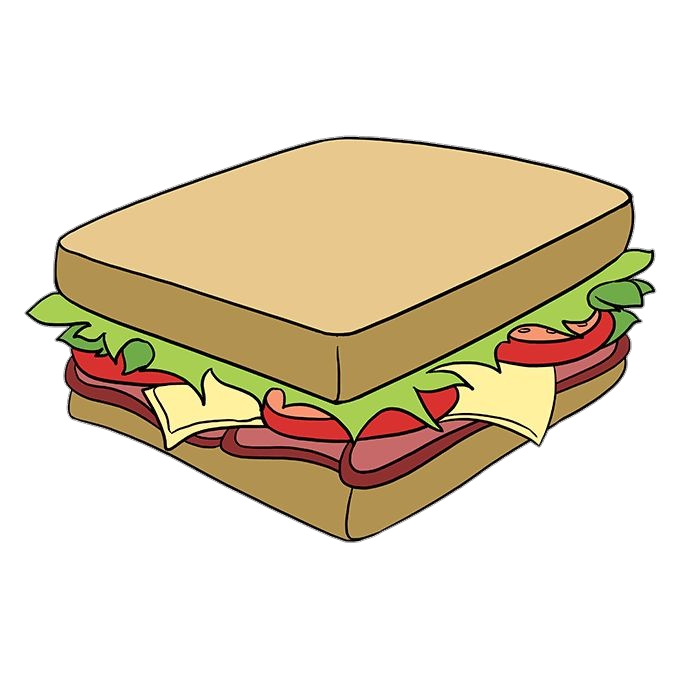This gallery shows 83+ high-quality and best-resolution Coffee PNG images, vectors, stickers, logos, Icons, and clipart pictures with transparent backgrounds.
Related Topics: Croissant PNG | Donut PNG | Starbucks PNG
Free download all the Coffee PNG Images for graphic design, projects, presentations, web design, editing, and other works.
Coffee PNG images for free download:
Coffee PNG Coffee Splash PNG Coffee Beans Illustration PNG Coffee Beans Design PNG Animated Coffee Cup PNG Coffee Bag PNG Animated Cappuccino Coffee PNG Heart Shape Coffee Cup PNG Coffee Paper Cup PNG Black Coffee PNG Animated Coffee Cup PNG Single Coffee Bean PNG Coffee Tea PNG Falling Coffee Beans Background PNG Beautiful Coffee Mug PNG Animated Coffee Bean PNG Paper Cup Coffee Clipart PNG Red Coffee Cup Plate illustration PNG Coffee Cup and Beans Illustration PNG Aesthetic Coffee PNG Coffee Cup Front View PNG Black Coffee and Coffee Beans PNG Animated Coffee Cup PNG Coffee Logo PNG Cappuccino Coffee Illustration PNG Animated Coffee Beans PNG Coffee Mug PNG High-resolution Coffee Beans PNG Creative Coffee Beans PNG Red Cup of Coffee PNG





































Leave a Comment
Instagram